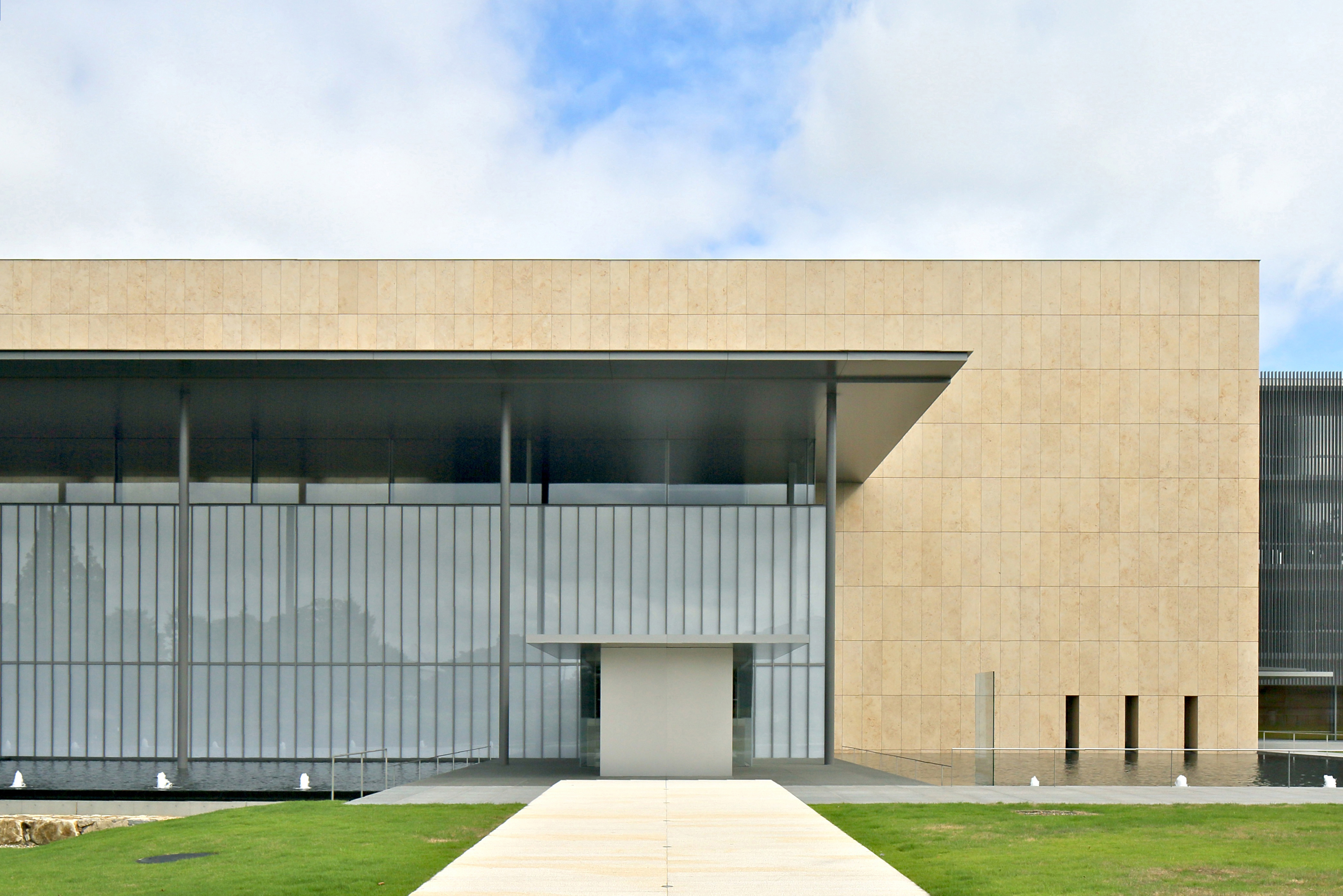Architect Yoshio Taniguchi generally doesn't like having his photograph taken for use in the media. In a way, it's a logical extension of his approach to his work, which could be described as architecture by subtraction. Having painstakingly removed everything extraneous from a design, and having overseen the creation of a building whose every element has been interrogated and found to be absolutely essential, why would he then allow it to be tainted through association with a face, a personality, an architect brand?
And yet, inevitably, the face is coming into view. Now in his seventh decade, Taniguchi is in the midst of what a more jocular man might call a "roll." His modest but masterful building for the Museum of Modern Art, New York, which opened in 2004, won him not only accolades but two other major international commissions in quick succession — the Novartis WSJ-155 Laboratory in Basel (completed in 2010) and Asia House in Houston (2011).
On Sept. 13, Taniguchi welcomes the opening of one of his most significant domestic commissions to date: a new building within the Kyoto National Museum complex.


















With your current subscription plan you can comment on stories. However, before writing your first comment, please create a display name in the Profile section of your subscriber account page.